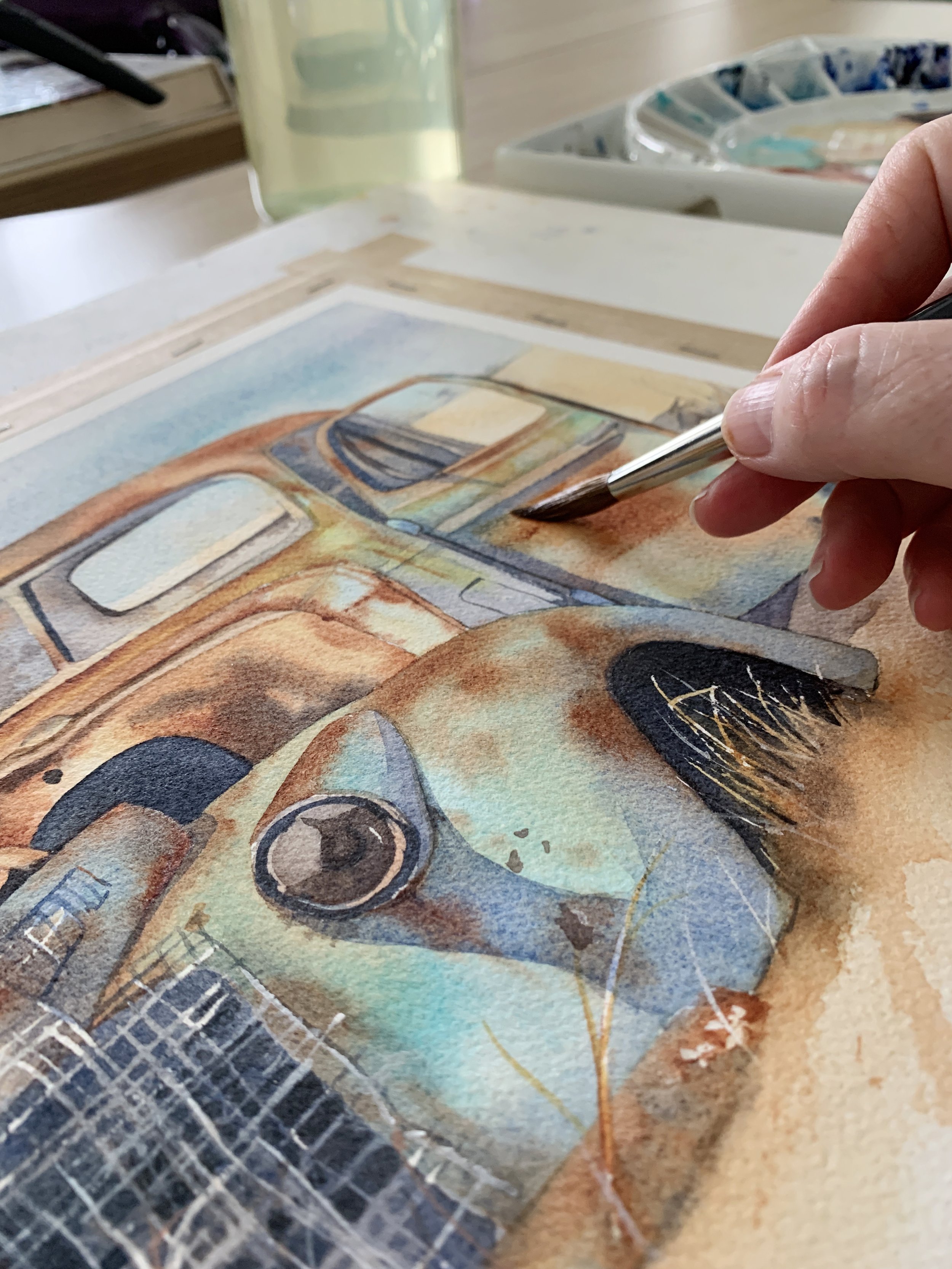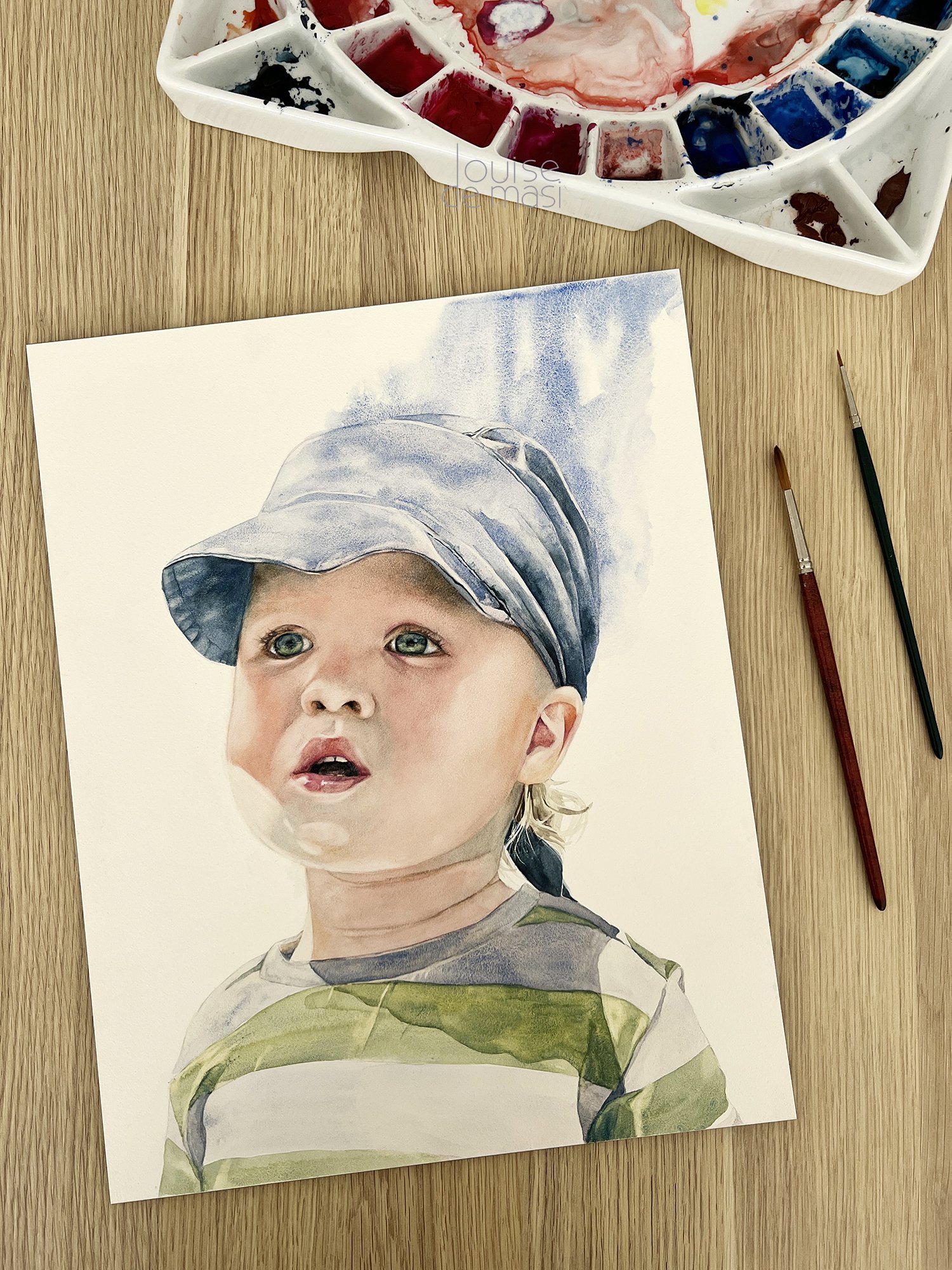This still life watercolour painting holds a special place in my heart because it reminds me of my nanna. She used to gather fallen camellias from her garden and place them in a beautiful glass bowl filled with water, letting them float gracefully in the centre of the table.
I have a camellia tree, and as I was taking photos of the blossoms to use as painting references, one of them fell to the ground. This instantly brought back memories of what my nanna used to do, inspiring me to create this painting.
Read More
















